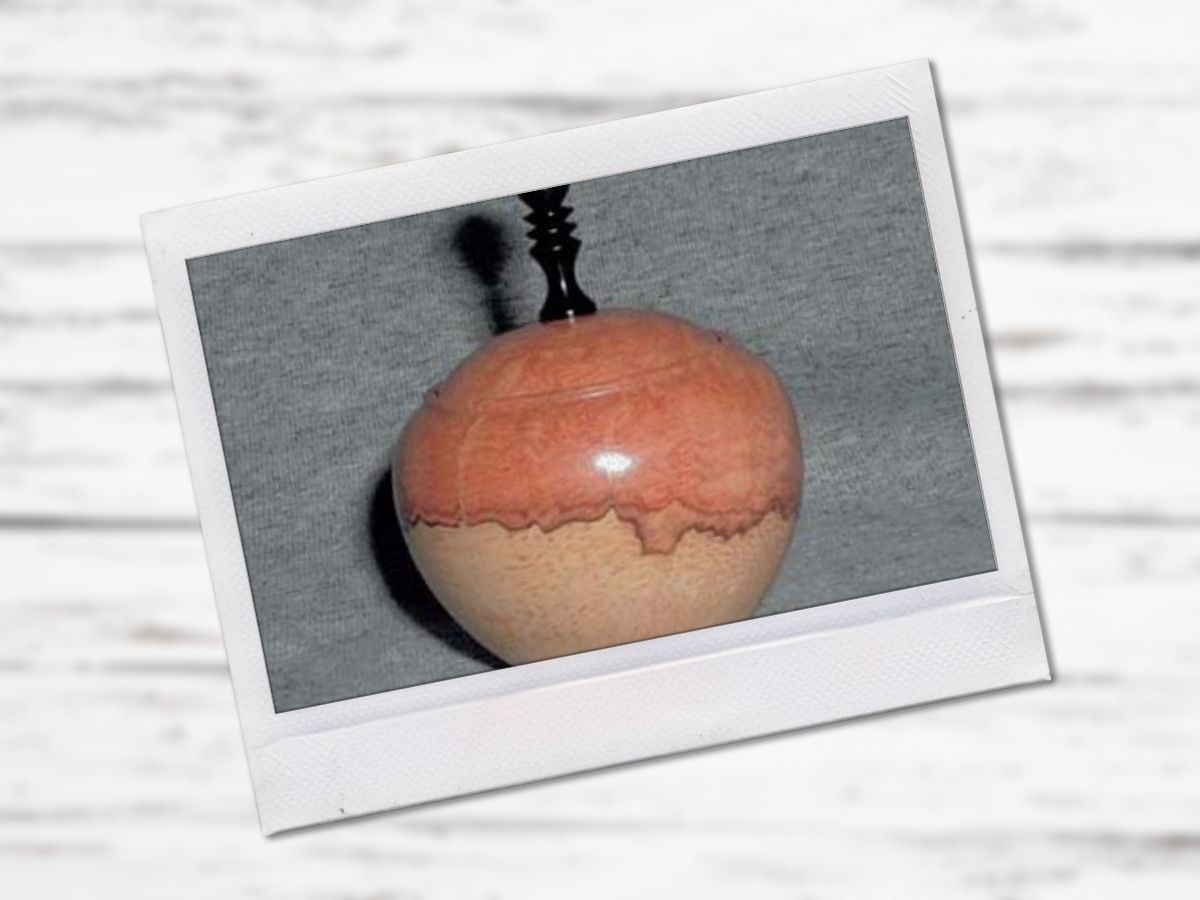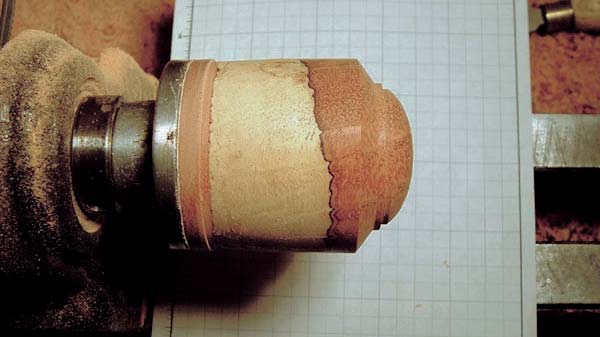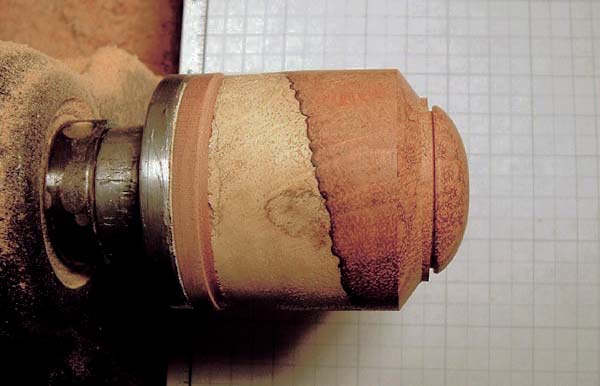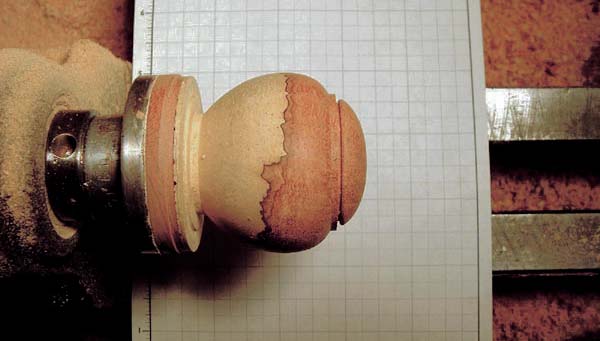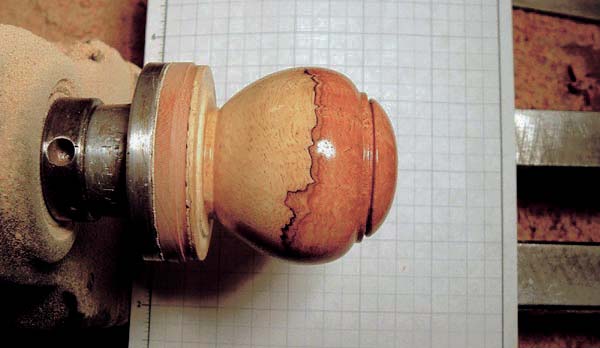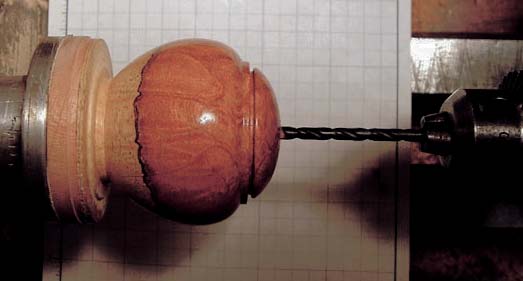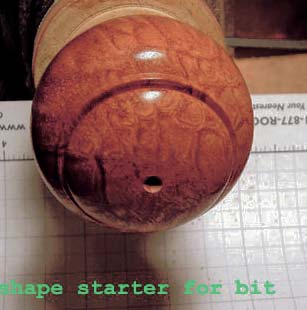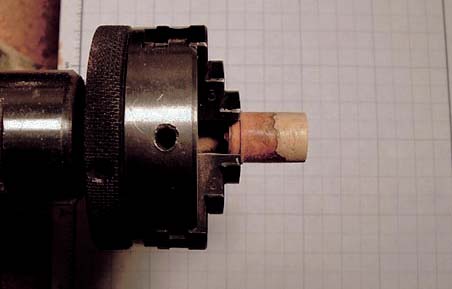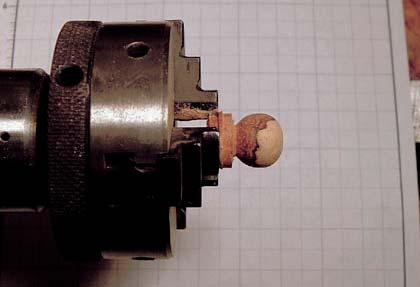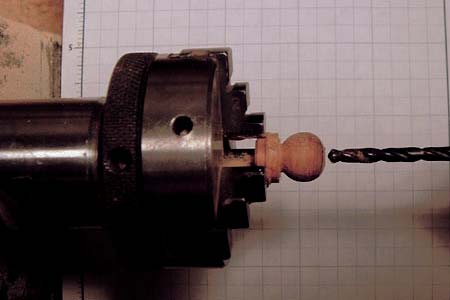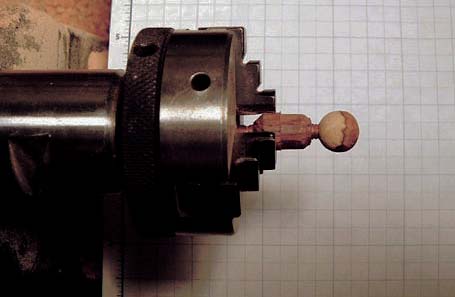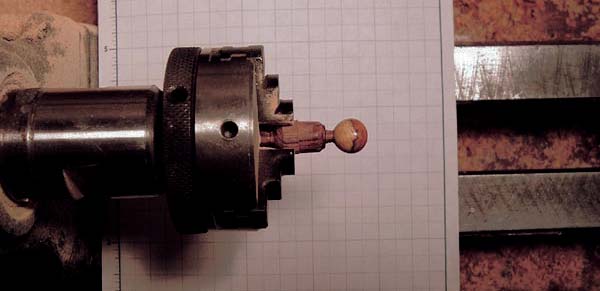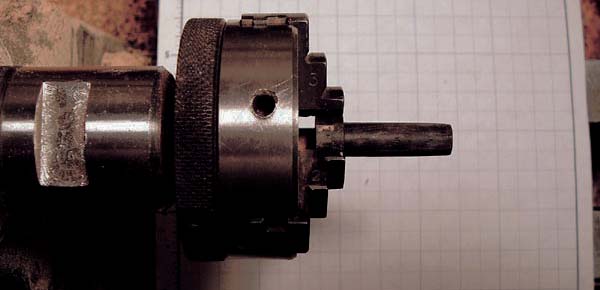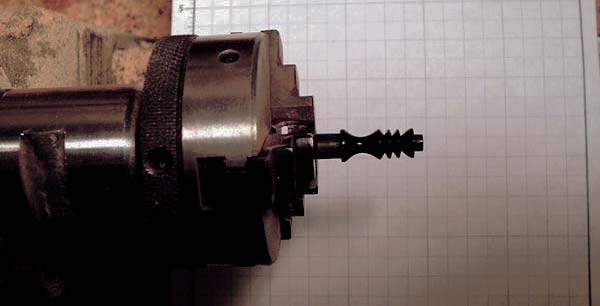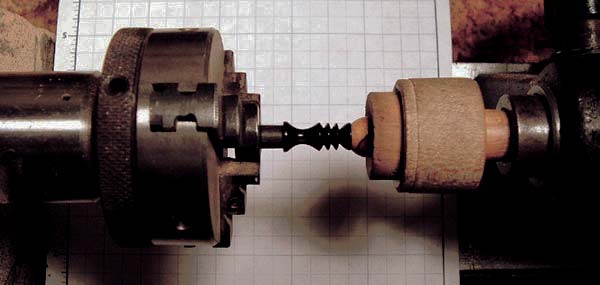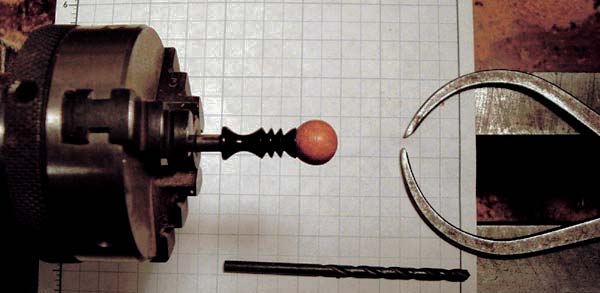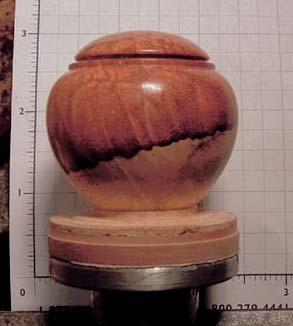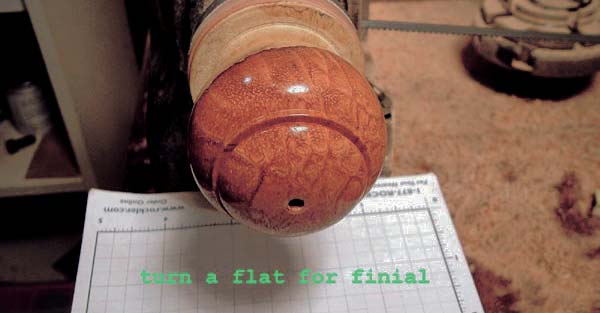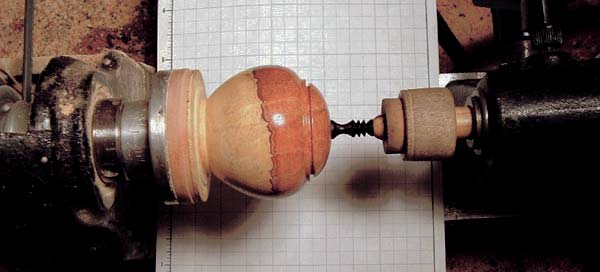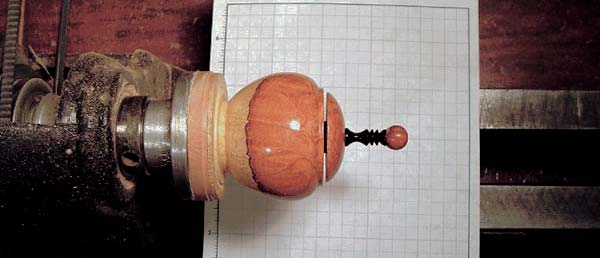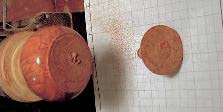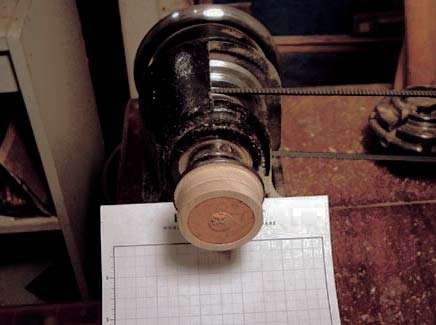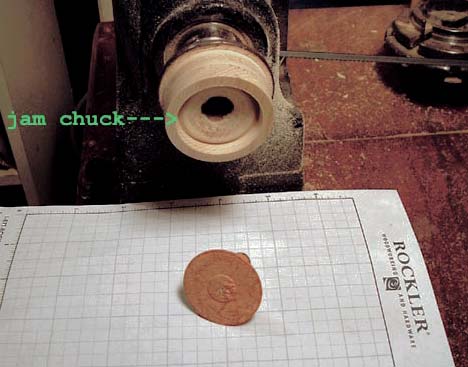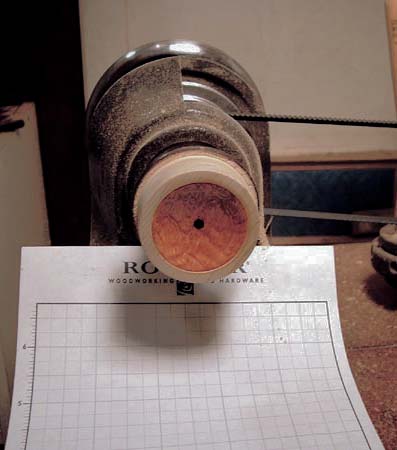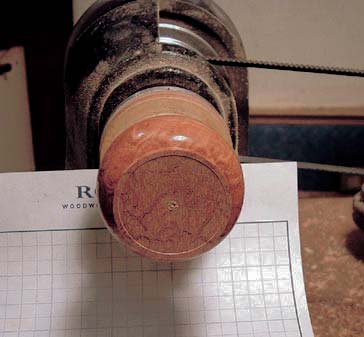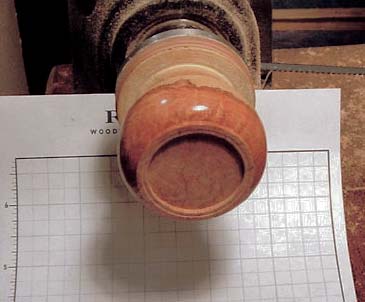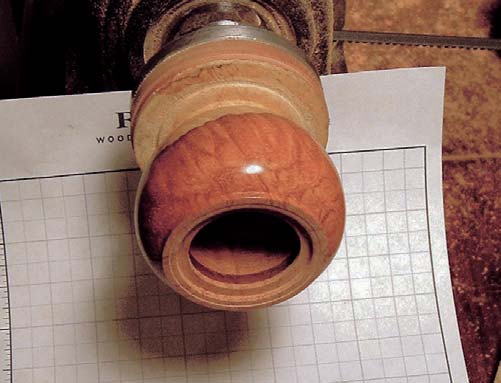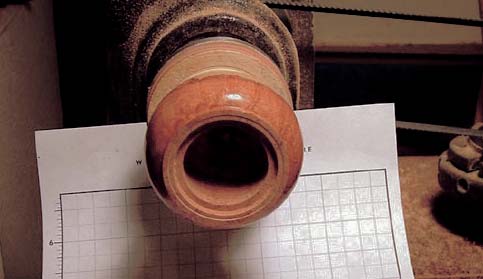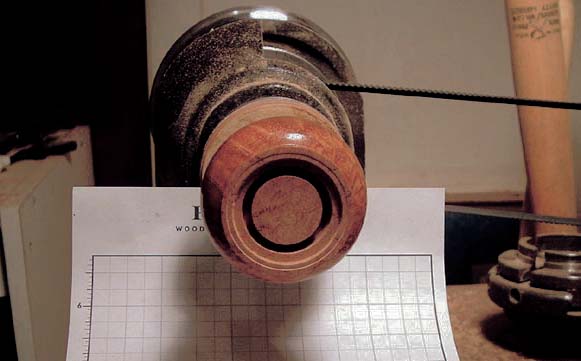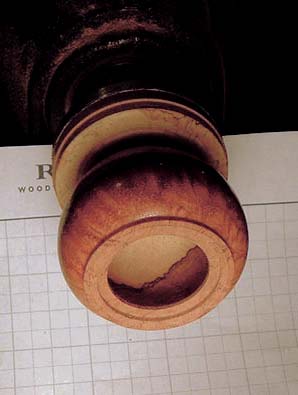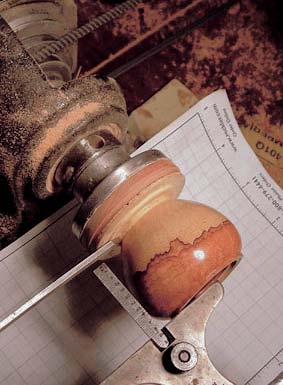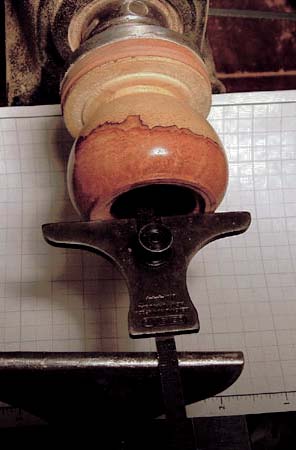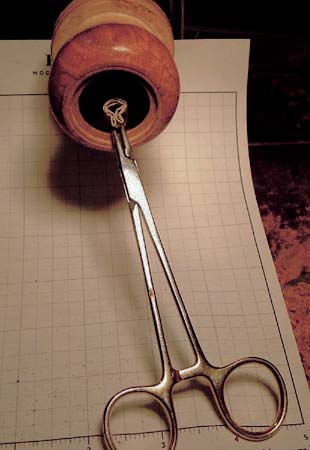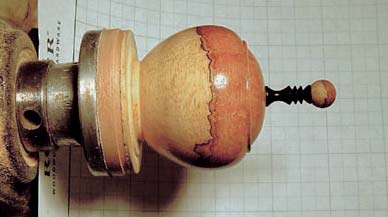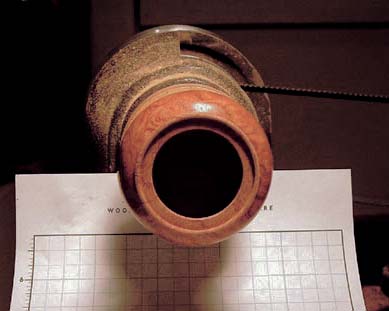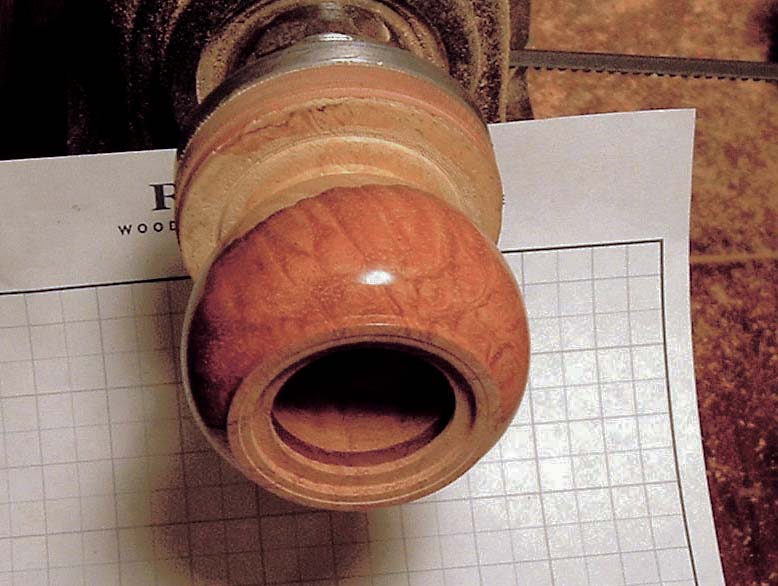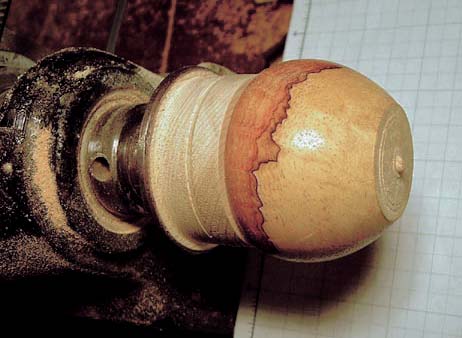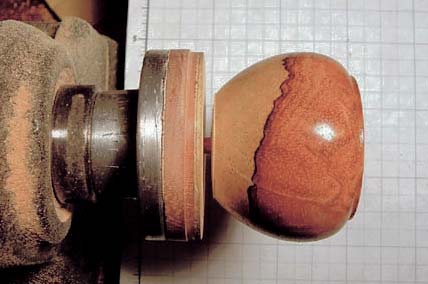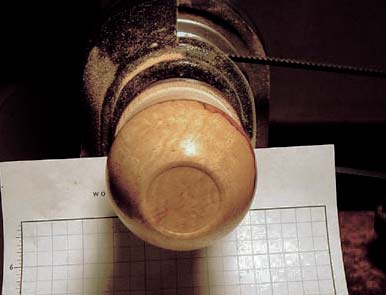Some call them boxes, some call them lidded bowls, others call them vessels or containers but whatever you call them they are both enjoyable and a challenge to make.
I have been making boxes of one sort or the other for twenty years now and the process still captivates and challenges me. For the present, I have more ideas than time to pursue them all. Over the years, I have refined my boxes to find a style of my own.
I now call them snap lid boxes, a name was given by the folks at my AAW chapter, ART (Association of Revolutionary Turners.) The neat thing about them is the way they pop open and snap closed, much like the snap on a jacket. The only difficult part is getting the lid to fit just right but this can be accomplished with a bit of practice and patience.
In the following instructions anywhere that I am approximate regarding exact dimensions is due to the fact that every piece of wood is different. Measurements will depend on the size of the box, the workability of the materials, and your specific design considerations. What is more important than exact measurements is to keep the elements of the box propionate to its size.
Supplies
- Wood for box and finial (dry and stabile dense hardwoods, domestic or exotic)
- Lathe Chuck
- 2″ Face plates
- Double stick tape (a good quality cloth type)
- Small scale tools
- Formed scrapers
- Narrow kerf parting tool
- Jacobs Chuck & drill bitts
- Calipers & Depth Gauge
- Sand paper, 220-2000 grit
- Glue
- Friction polish
- Buffing system
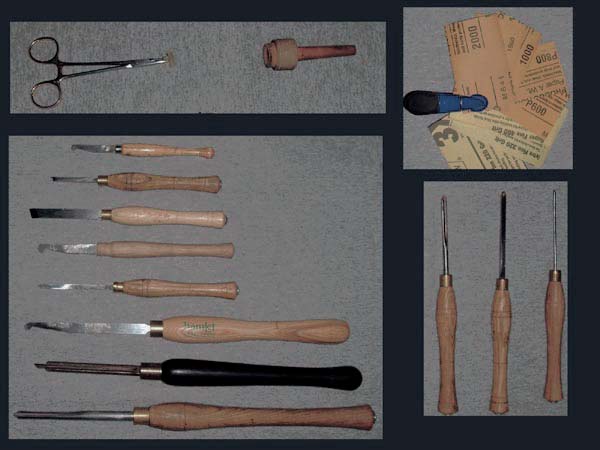
Step 1
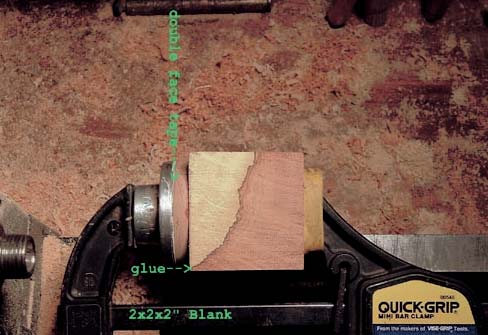
Find some wood. I like to use dense hardwoods or burls. I usually make my boxes between 1 1/2″ to 3 1/2″ in diameter, also my boxes are turned face grain rather than end grain. Take this into consideration when sizing your blank. Start with a cube of wood, you can add a little height if a taller design is desired. Glue the blank to a waste block mounted to a 2″ faceplate, using double-stick tape. A chuck can be used but I prefer a faceplate. It provides easier access when turning near the base of the box and for safety reasons, there is less metal spinning around.
Step 2
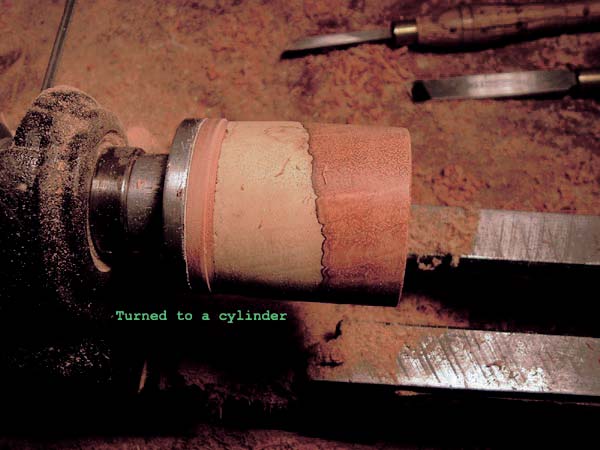
Turn to a cylinder and true the face.
Step 3
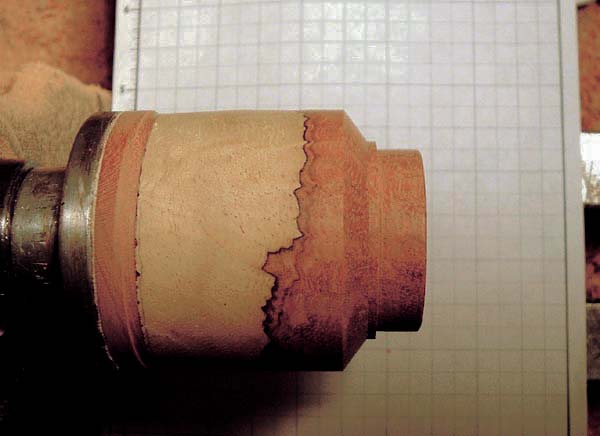
Reduce the diameter of the cylinder in two steps as shown in photo #3. The top step should be large enough to allow for the height and diameter of the lid, plus enough for a narrow parting tool. The next step is 1/16″ to 1/8″ larger than the lid diameter and also 1/16″ to 1/8″ taller or standing proud of the main body. These dimensions vary with the size and design of the box.
Step 4
Round over the lid to a nice dome shape. Using a narrow turf parting tool, begin a parting cut at the base of the lid but only go in approximately 1/8″ at this time. Use a very sharp skew on its side or sandpaper to give the bottom of the lid a bullnose profile.
Step 5
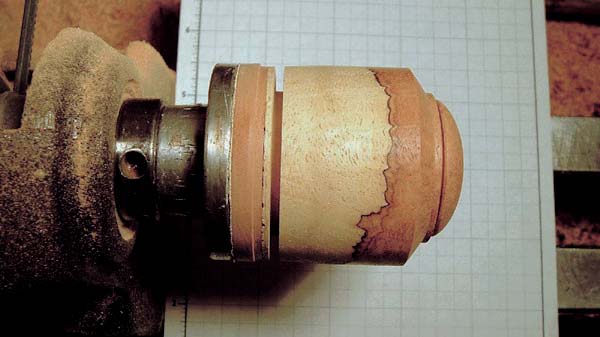
Estimate where the bottom of the box will be and make a parting cut down to the approximate.
Step 6
Shape the box outside and continue to refine the lid shape if necessary. Several shape variations can be achieved by varying the size of the lid in relation to the diameter of the body of the box. Sand to 2000.
Step 7
Make a small cone-shaped hole at the center of the lid with the long point of the skew, this will serve as the starting point for a drill bit. Drill the hole for the finial, going about as deep as the lid is thick. This step must be precise, so practice getting the hole.
Step 8
Make a finial. Finials can be simple or as fancy as you want. I often like to use a sphere of the same wood as the box is made of on the top of the finial. You can omit the sphere if you prefer a simpler design or you can use Ebony or contrasting wood. Hold the finial stock with a small set of jaws on your four jaw chuck or you can use a Jacobs chuck in your headstock. I usually start with a 1/4″ to 1/2″ stock. Turn the finial and use the same drill bit as you used to drill the box to size the tenon.
Step 9
Turn a flat area around the hole for the finial, to match the shoulder on the finial as shown in photo #19. Glue the finial in place, using a piece of cork to cushion the tailstock. The ram on the tailstock will act as a clamp. Make sure the shoulder is fully seated on the top of the box. Apply pressure with the handwheel being careful to avoid any squeeze-out.
Step 10
After the glue sets up on the finial, part off the lid continuing the parting cut started in step #4. Do not go all the way through but leave a bit of wood and finish the cut with a razor saw.
Step 11
Prepare some wood for a jam chuck. Use an even grain wood, slightly softer than the wood you are using for the box, Poplar works well. Size the blank long enough to contain the finial and lid plus some extra to allow for returning of jam chuck if you need to. Mount on a spare faceplate or a chuck. Back on the lathe, true up the sides and the face of the jam chuck. Drill a hole at the center, large enough to accommodate the finial. Use a round nose scraper to hog out the middle and form a concave bottom. With the long point of a sharp skew, slowly peel away the sides to form a recess to fit the lid. The sides should slightly taper towards the center so that if the fit is loose, you can turn the bottom deeper until you find the point at which a tight fit is achieved.
Press the lid into the jam chuck. Be certain that the lid is making contact with both the bottom and the sides of the recess, to ensure that it will run true. You can check this with your fingernail or by using a pencil with the lathe running. If touched lightly near the rim of the lid, the pencil will leave a mark at any high spot. You can now see where to make adjustments.
Back hollow the lid. I leave the area around the finial a bit thicker than the rest of the lid to help support the finial.
If your finial was tightly fitted and was glued properly it should not pull out. (An optional step at this point would be to add an inside finial or escutcheon on the inside bottom of the lid.) Sand the inside of the lid to 2000 grit then finish with a friction polish. Carefully pop the lid out of the jam chuck with a pencil eraser through the back of the hole. If the lid gets stuck, turn away a bit of the jam chuck being sure to stay clear of the finished lid until it can be removed.
Step 12
Remount the body of the box on the lathe and carefully true the face. With a sharp skew turned on its side, using it as you would a scraper, turn a shallow coin-shaped recess on what will be the top of the box. This recess should only be 128″ to 64″, just enough to feel when the lid sits firmly as shown in photo #25. Then turn another coin-shaped recess within the first, this one should be about 1/ 16″ to 1/8″ smaller in diameter than the first. The depth should be a bit shy of the size of the bullnose on the lid. This area will form the shelf that the bottom of the lid will sit on as shown in photo #26. The remaining material between these two recesses will be turned later when fitting the lid. The final lid fitting is done after hollowing and sanding to ensure that the fit is not affected by wood movement. (Photo #25 & #26)
Step 13
Use a 1/16″ parting tool to cut a slot 1/4″ deep beginning about 1/8″ inside of the shelf left by the procedures in step #12 as shown in photo #27. Continue by hollowing out from the slot to about 1/ 2 of the finished depth as shown in photo #28. Using the same 1/16″ parting too, undercut a slot on the inside wall a bit thicker than your finished wall thickness, just beneath the shelf left by the previous operation. Cut to a depth that will be just shy of the finished wall thickness. I find that this relief cut helps in the hollowing process and provides a guide for gauging the wall thickness as shown in photo #29.
Step 14
At this point, set a depth gauge for the maximum interior depth, remember to add a hair so as not to end up turning a lidded funnel. You can always refine the bottom later as shown in photo #30a. Hollow out the box to the finished wall thickness and depth. I prefer to use formed scrapers, some I buy from tool suppliers and others I make in my shop. My favorite shape is the backward P shape, see the tools photo. Use whatever hollowing method you are most comfortable with. Check as you go with calipers and the depth gauge.
Stop when you reach a satisfactory wall thickness. I usually turn them to anywhere between 1/32″ to 1/8″. Keep in mind the thickness can vary due to the size of the box, stability of the material, and the skill level of the turner. Now sand the inside of the box to 2000 grit. Use surgical clamps with sandpaper folded up to pad the tips of the clamps, to get where fingers can not reach as shown in photo #31. Finish the inside with a friction polish.
Step 15
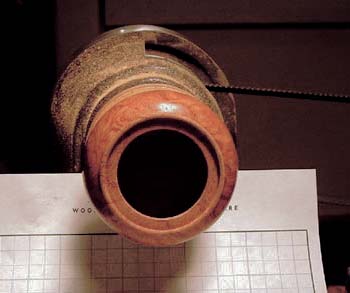
Now is the moment of truth. It is time to fit the lid, slowly. Use a sharp 1/4″ skew on its side. With the long point, begin to cut a dovetail recess, as you would when using a four-jaw scroll chuck in the expansion mode. Start just shy of where you first sized the lid in step #12. Undercut the wood between the inner and outer recess to form the dovetail, compare photos #29 and #32. Don’t get ahead of yourself. Begin to round over the sharp point of the dovetail with the skew on its side using the heel to lightly contour the surface. If you have not gone too far, the lid should not yet fit but the recess should have the right shape as shown in photo #32.
Slowly, begin to reduce the side profile of the dovetail recess without altering its overall shape. Scraping a little bit at a time and stopping the lathe frequently to check the fit. When the lid is getting close to fitting, it will start to make a creaking sound and feel as though it wants to pop in. Continue slowly but do not force the fit, with patience the lid will eventually pop into place. Stop and remove the lid and give the box a few minutes to cool off. Try the fit again and readjust if needed. Very carefully, touch up with sandpaper the raised bead that remains proud of the box. Do not mess with the fitting surfaces, you can sand the shelf a bit but don’t touch the sides. Finish up with some friction polish on the fitting surfaces and the raised bed. The fit I prefer will firmly snap into place and will not require too much pressure to remove the lid. Also, it should be seated at a point at which the lid does not spin freely within its recess.
Again, this takes practice and is something you have to get a feel for as much as you are seeing what you are doing you must take your cues from the feel of the fit and the sound that it makes. In troubleshooting lid, fitting problems take this into consideration, if the lid won’t pop into a place you have gone too far in opening up the fitting surface. If the lid pops into place but spins or rattles within its recess then the shelf on which it sits has been cut too deeply.
Step 16
Part the box off from the lathe as shown in photo #34. Use the same jam chuck as before. Assuming, there has been no loss of center, you should only have to open up the recess used for holding the lid a small amount, approximately the width of the raised bead. Fit the box into the recess in the jam chuck as shown in photo #35. Turn the foot as shown in photo #36. (Photos #34, #35 & #36)
Step 17
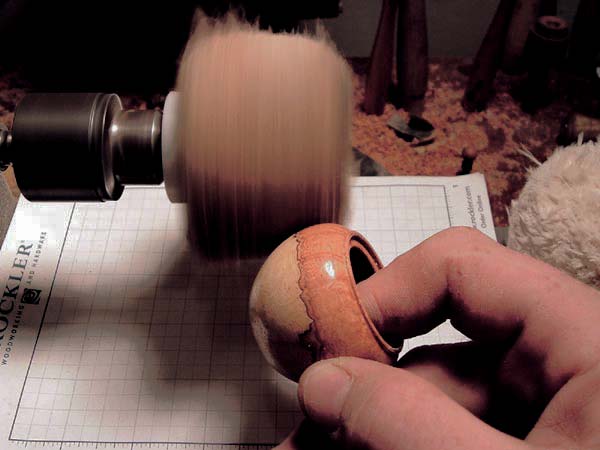
Remove the box from the jam chuck and buff with a buffing system.
Step 18
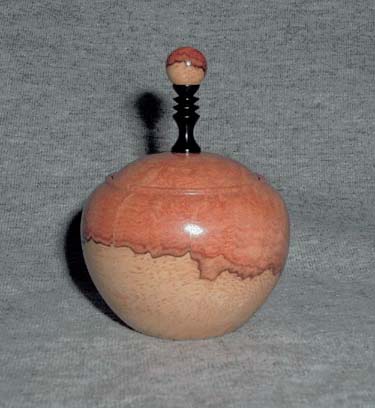
Done! Admire your hard work.
This tutorial was written by Jeffrey A Lavine.
